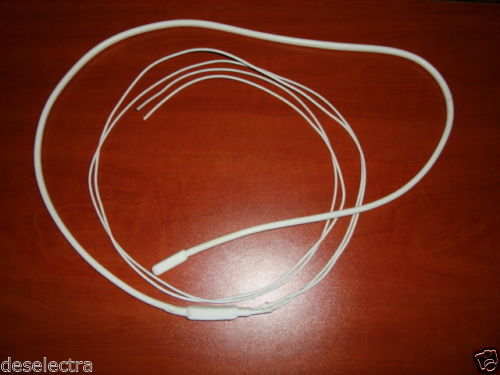cheapest I can find ( I'm in Ireland so I want to keep it to Europe for tax/customs/shipping time reason ) - is 30 ( free shipping ) ... I can get a 40W tubular heater for 26 ... which I'll prob go with but I'm amazed there's a lot of people using lamps for heating I didn't realise it was so bad I thought I was the only person with concerns ... does nobody use one happily - or can anybody explain to me why it's a bad idea ... I mean which if any of my concerns are valid, or are all of them ... bad experiences here please.
Ok, 26 sounds like a pretty good deal so, I'd go for that. However, I'm in Sweden and order stuff from eBay (from China) all the time. Just once have I had to pay tax and customs and that was on an order of > 50.
Please Explain. I have been using one with a fan for quite some time and no issues at all.
Thanks
Ok.
[rant]
First off the 'plans' circulating around for the paint can heaters are borked. Just bad design. It could be made safer by mounting the socket in the BOTTOM of the can (so heat does not rise into the socket) and mounting the entire thing on standoffs or a base to not having it sit directly on the plastic bottom of the fridge. It should obviously be grounded, use cable glands and a separate fuse appropriately sized. Fan, ok, but at least it should have venting holes.
Still, though, that is a lot of trouble to build something that still is a 'hacky' solution, and yeah, most people will probably just throw a bulb in the can and be done with it.
I've gotten quite some flak previously for criticizing the paint can heater and I hear a lot of exactly what you are saying. And I'm glad it has worked out for you. Honestly. But here's the dealio. DIY is fun and a big part of homebrewing. Wiring up your own controller, wiring you own heating elements etc. But, there is a big difference between building brewing equipment and putting a heater inside a fermentation fridge; when you brew YOU ARE THERE. If something starts pouring out smoke, you can pull the plug. Putting a heater inside an enclosed, insulated space, mostly made of plastic and and polyurethane foam, turn it on and leave for work or go to bed. That is another thing... If you start a fire (and live), I can't imagine any insurance company feeling to generous when it turns out it was because you put a heater *inside* a fridge.
So, are paint can heaters the worst? Yes and no. It probably could be made reasonably safe, but most people probably never will. It just irks me when I time and time again, see people recommending 'bad choices' to others just because it has worked well for them. Sort of "No you don't need to put on a seat belt, I've never been in an accident".
And there are better solutions, that are no more expensive. What you're looking for is lowest power that does what you need. It does not matter if it takes days to reach temperature, the yeasties certainly won't mind. 40-50W goes a long way inside a fridge.
And you want something that *can't* overheat. Large surface area. If it can get to hot to touch (like if the fan fails or becomes obstructed) it is too much power/too low surface area.
So if you can (no pun intended), simply by choosing a better heater (for the same money) or by adding 5 cent fuse, make it safer (even if it is only making a 99,99% 'safe' solution 99,999% 'safe'), why wouldn't you?
Next thing I'd usually hear is "You are paranoid, what do you expect will happen?". Use google. Electrical fires happen everyday. Murphy is a *****. Things have a way to fail in the most spectacular way.
If you've read this far, then thank you for bearing with me. You do what you want, you decide if you feel comfortable with the safety of your setup. Just know, that the next person asking for help selecting a heater for their fermentation setup, might not be thinking about what could go wrong or might not be proficient in wiring, might select a halogen light (because moar heat is moar good) or whatever.
[/rant]
TL;DR
Low power, low heat density, less manual wiring and an appropriately sized fuse makes it safer.
Cheers!







